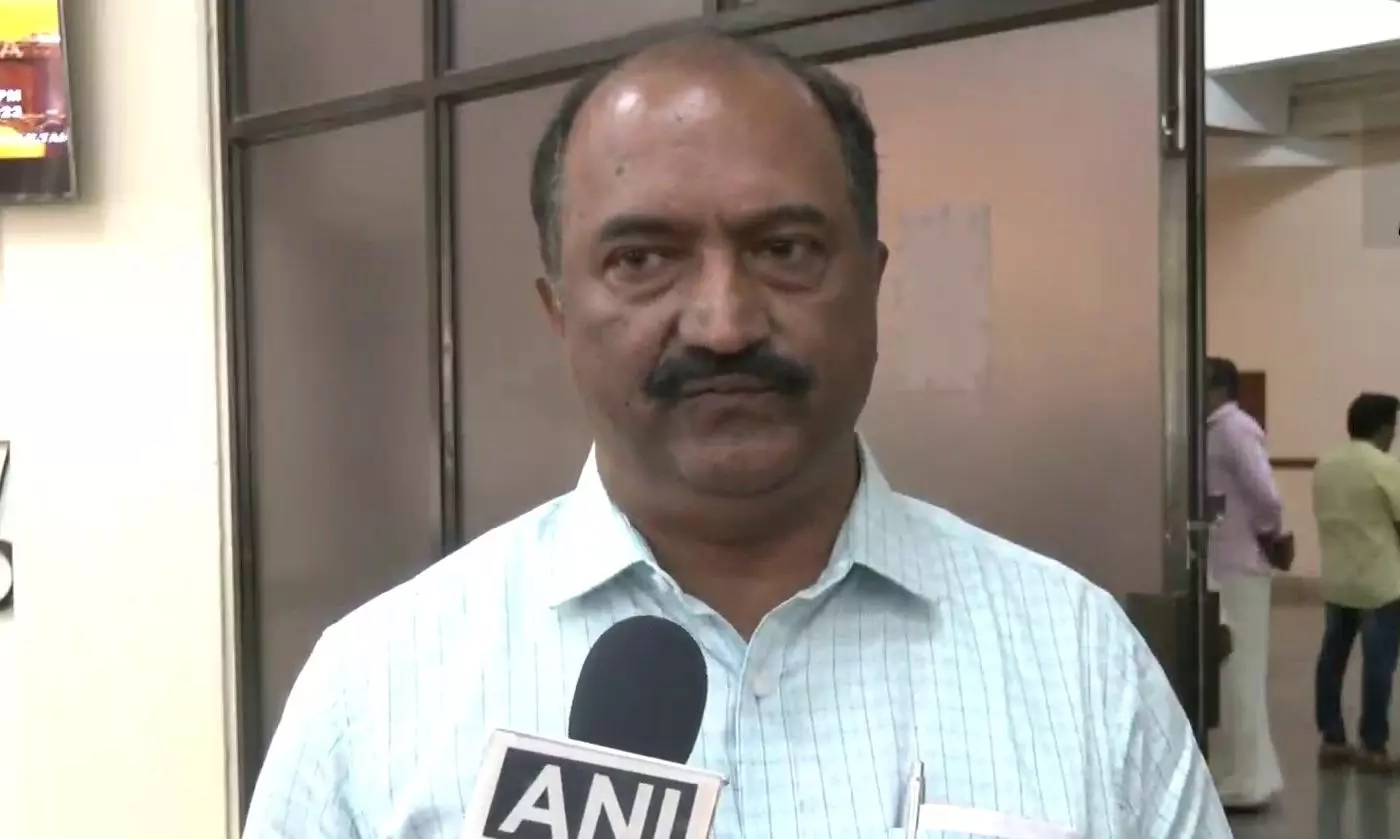
Slowly, steadily, Kerala is stepping out of prolonged economic morass
A surge in tax revenue, attributed to stabilistion of GST system, has eased the funds situation

After a fiscally suffocating 2023, Kerala seems to be keeping its head afloat, as its tax revenue is showing an upward trend this financial year.
In 2023, the Pinarayi Vijayan government completed restructuring the state GST department with the goal of increasing revenue inflow and implementing stronger measures to curb tax evasion.
GST collection increased from Rs 3,010 crore in April 2023 to Rs 3,272 crore last month. The collection figures for any given month reflect the consumption of goods and services from the previous month.
Breathing easy
Though the state was struggling to manage funds throughout fiscal year 2023-24, it consistently experienced growth every month.
The most substantial increase occurred in June 2023, with a 26 per cent surge compared to the previous June. December 2023 saw a growth of 20 per cent. October 2023 marked the period of lowest growth, at 5 per cent.
The medium-term fiscal policy and strategy statement for 2024-25 to 2026-27 (which is a statement of recent economic trends and prospects for growth and development) anticipates that the growth momentum will continue into 2024-25, with tax revenue estimated to grow at 10.18 per cent due to the continued growth momentum in economic activities.
Rising tax revenue
The share of central taxes is expected to grow at 12.20 per cent on the back of higher growth in direct tax collection and GST mop up by the Union government.
However, the cessation of revenue deficit grant will offset the expected increase in central tax receipts.
According to the medium-term fiscal policy, the state’s own tax revenue has increased from Rs 58,340 crore in 2021-22 to Rs 71,968 crore in 2022-23. The central transfer has declined from Rs 47,837 crore in 2021-22 to Rs 45,638 crore in the same year.
GSDP to grow
The central transfers as a percentage of total revenue receipts have fallen from 41 per cent in 2020-21 to 34 per cent in 2022-23. The surge in the state’s own revenue was not sufficient to offset the reduced central transfers.
GSDP is projected to grow at 13 per cent in the forward estimate period. The state’s own tax revenue is estimate to grow at 13 per cent in the forward estimate period. Non-tax revenue is projected to grow at 15 per cent.
According to state Finance Minister KN Balagopal, Kerala has achieved a record revenue increase from Rs 47,000 crore in 2020-21 to Rs 77,000 crore in 2023-24, helping to mitigate financial challenges.
Centrally-provoked crisis
“We have managed a record increase in the state’s own revenue even as the Centre financially squeezes us. The state’s own tax revenue rose from Rs 47,000 crore in 2020-21 to Rs 77,000 crore in 2023-24,” Balagopal said in a Facebook post.
He pointed out that this represents a 60 per cent increase in Kerala’s own tax revenue over just three years. “Without this increase, Kerala’s economy would have collapsed due to the Central government’s anti-state policies.”
The minister noted that the state government was doing everything it can to handle the crisis caused by the Centre’s reduction in tax allocations and debt limits.
Legal battle
In the Facebook post, he also mentioned the state government’s legal battle in the Supreme Court to secure funds from the Centre. The minister claimed that national leaders have acknowledged Kerala’s stance.
Other states also followed suit and filed similarcases in the Supreme Court, highlighting the importance of the issue for federalism, Balgopal said.
“Through the last three budgets, the government has initiated several crucial projects for Kerala’s future. These multi-pronged schemes aim to boost production, income, and employment opportunities,” the minister said.
Overcoming overdraft
The influx of tax revenue has provided temporary relief for the cash-strapped state government, allowing the treasury to emerge from overdraft status. Before this, the treasury was operating under overdraft conditions for nearly a week until mid-May.
The crisis is expected to ease only once the Central government approves open market borrowings. Typically, the Centre grants borrowing approval for the first nine months of a financial year in May.
The state had previously requested an ad hoc borrowing sanction of Rs 5,000 crore but was only granted Rs 3,000 crore, which has already been utilized. The gross borrowing limit for the current fiscal year for the state is Rs 37,500 crore.
GST regime
The present surge in the tax revenue is mainly attributed to the stabilisation of the GST regime. The pro-government economists credit it as the result of the continuous struggles Kerala had been putting up after the GST regime was introduced, in 2017.
“As the country continues with the GST regime, we cannot remain outside of it. Being a destination state, Kerala was expected to receive significant revenue through IGST, which we pointed out earlier. This was not happening initially because the GST system had not stabilised,” said M Gopakumar, who was a part of the think tank of the finance department during the first Pinarayi Vijayan government of 2016-21.
National fight
“Goods that needed to be billed were not getting into the system and credited. Now, that is starting to change. This progress is the result of our protests and struggles over the last several years. The situation has improved beyond just the state GST, and we are now set to receive a decent revenue. We have been systematically working towards this since 2018-19, and the changes from the Union government, including computerization and other electronic updates, which were our longstanding demands, are now happening,” he said.
The Kerala finance minister believes this positive surge is the result of the state’s efforts to highlight the issue on a national level, as the state succeeded in bringing attention to the matter through protests staged by the chief minister and other ministers in Delhi as well as through the case filed against the Union government in the Supreme Court.
